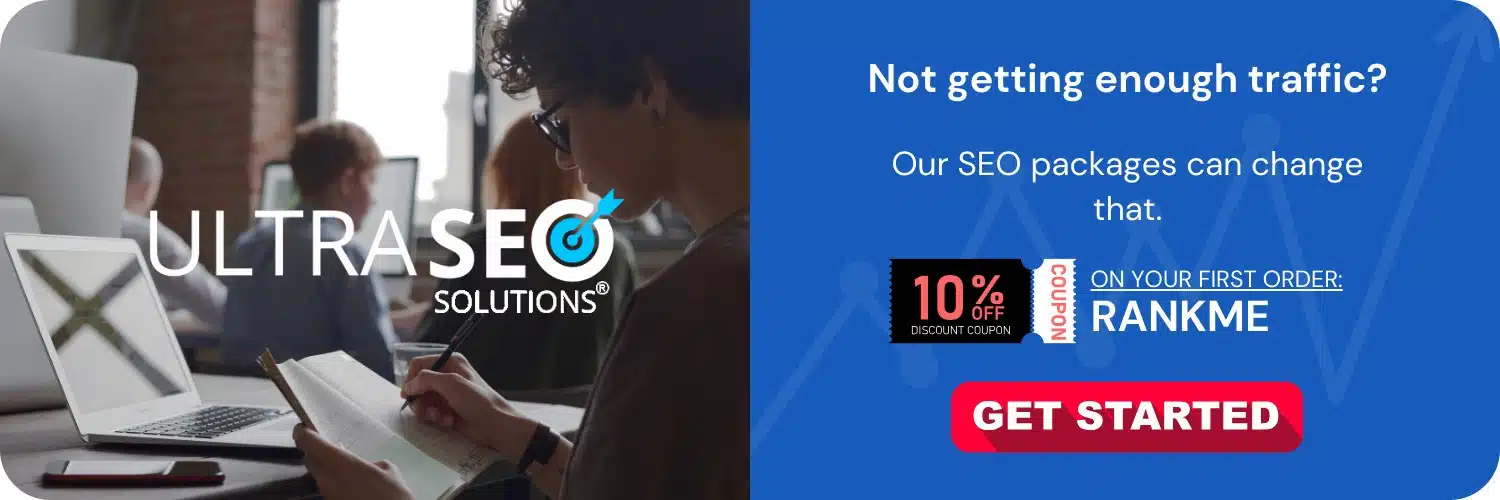
Core Web Vitals are a set of specific factors that Google considers important in a webpage’s overall user experience. SEO implications of Core Web Vitals are significant as they directly impact a website’s ranking on the search engine result pages. Websites that meet the thresholds for these metrics, which reflect the experience of real-world users, are likely to be favored by Google’s algorithms, leading to better visibility and higher ranking.
Understanding Core Web Vitals
Core Web Vitals include three specific page speed and user interaction measurements: Largest Contentful Paint (LCP), First Input Delay (FID), and Cumulative Layout Shift (CLS). Each of these metrics reflects the perceived user experience when visiting a webpage and how Google values user experience in its rankings.
Largest Contentful Paint (LCP)
LCP measures the time it takes for the main content of a page to load. This is crucial as users often decide whether to stay on a page or leave within the first few seconds. A good LCP is considered to be 2.5 seconds or faster.
First Input Delay (FID)
FID measures the time from when a user first interacts with your site to the time when the browser responds to that interaction. This metric accounts for the interactivity and responsiveness of a webpage. An optimal FID is 100 milliseconds or less.
Cumulative Layout Shift (CLS)
CLS measures the stability of a webpage as it loads. If elements move around on the page as it loads, the experience can be disorienting for users. Sites should strive for a CLS score of 0.1 or less.
SEO Implications of Poor Core Web Vitals
The SEO impact of not adhering to good Core Web Vitals practices can be broad and detrimental.
Decreased Search Rankings
Websites that fail to meet these benchmarks may be penalized in search rankings, as Google increasingly prioritizes user experience. Poor performance can push a page down in the SERPs.
Increase in Bounce Rates
Poor LCP, FID, and CLS scores often correlate with higher bounce rates, as users are less likely to stay on a page that is slow, unresponsive, or shifts around as it loads.
Loss of Conversion
User frustration due to poor website performance can lead to a lower conversion rate, as potential customers may leave the site before completing a purchase or signing up for a newsletter.
Enhancing SEO with Core Web Vitals
While the challenges of poor Core Web Vitals are significant, the upside is that optimizing for these factors offers a clear path to improve SEO performance.
Improving Page Speed (LCP)
To improve LCP, focus on:
- Optimizing server response times by using a high-quality web host.
- Implementing lazy loading, so images and videos are only loaded as they’re needed, not all at once.
- Minimizing CSS and JavaScript blocking time.
- Compressing images and text on the site.
Enhancing Interactivity (FID)
To enhance FID:
- Minimize (or defer) JavaScript; it cannot be processed until it’s been downloaded, which can delay page interactivity.
- Remove any non-critical third-party scripts that might interfere with loading.
- Use a web worker to run some JavaScript on a background thread.
Improving Visual Stability (CLS)
To prevent CLS:
- Include size attributes for images and video elements, so the browser knows exactly how much space they’ll occupy on a page.
- Avoid inserting content above existing content, unless in response to a user interaction.
- Ensure ad elements have a reserved space so they don’t suddenly displace content when they load.
Optimizing for Core Web Vitals Is Not a One-Off Task
SEO strategies should include continuous monitoring and improvement of Core Web Vitals. Websites need to adapt to both the evolving expectations of users and the changing algorithms of search engines.
Utilize Field Data for Real-World Performance Insights
Understand how real-world users experience your site by evaluating field data provided by tools like Google’s PageSpeed Insights and Chrome User Experience Report.
Implement Continuous Performance Testing
Regularly test your website’s performance with lab data tools like Lighthouse, and make improvements based on those insights to keep Core Web Vitals metrics strong.
Stay Updated with Industry Best Practices
As web technology and performance benchmarks evolve, staying informed about the latest optimization techniques is crucial for maintaining an edge in SEO.
Finishing Thoughts
In the fast-paced world of SEO, Core Web Vitals stand out as essential metrics for a positive user experience and consequently, better search engine rankings. These factors are direct reflections of how users interact with and feel about your site. Optimizing these elements can lead to a competitive advantage in the search landscape. Remember, SEO is an ongoing process, and including Core Web Vitals in your regular audit and optimization cycles will keep your site favored not just by search engines but by users as well.
Frequently Asked Questions
What are Core Web Vitals?
Core Web Vitals are a set of specific factors that Google considers important in a webpage’s overall user experience. They are part of Google’s page experience signals used to understand the quality of a user’s experience on a web page. The three specific metrics that make up Core Web Vitals are Largest Contentful Paint (LCP), which measures loading performance; First Input Delay (FID), which measures interactivity; and Cumulative Layout Shift (CLS), which measures visual stability.
How do Core Web Vitals affect SEO?
Core Web Vitals directly impact SEO as they are part of Google’s page ranking factors. Since the introduction of Core Web Vitals in May 2020, and their roll-out as ranking signals in June 2021, they have played an increasing role in how Google assesses the quality of a web page. Pages with good Core Web Vitals scores are likely to rank higher in search results, all else being equal, compared to pages with poor scores.
Why are Core Web Vitals important for website owners?
Core Web Vitals are important because they represent a user-centric way to measure the health of a website. Optimizing for these factors can lead to a better user experience, which can result in higher engagement, lower bounce rates, and generally more favorable outcomes for website owners, such as increased conversions and revenue. Moreover, since these metrics are part of Google’s ranking algorithm, improving them can lead to increased visibility and organic traffic.
Can improving Core Web Vitals help with mobile SEO?
Yes, improving Core Web Vitals can have a significant impact on mobile SEO. With the mobile-first indexing approach of Google, the mobile version of your website is the starting point for what Google includes in their index, and the baseline for how they determine rankings. Since mobile users are affected by loading times and interactivity even more acutely than desktop users due to hardware and connectivity constraints, Core Web Vitals are critical for mobile SEO.
What tools can be used to measure Core Web Vitals?
Website owners can measure their Core Web Vitals using several tools provided by Google and other third parties. Some of the popular Google tools include PageSpeed Insights, Lighthouse, Chrome DevTools, Chrome User Experience Report, and Search Console. These tools help in identifying opportunities for improvement and in tracking the site performance over time.
Are Core Web Vitals the only factors that impact SEO?
No, Core Web Vitals are not the only factors that impact SEO. Although they are important, they are part of a much larger set of factors that Google uses to rank pages. These include but are not limited to mobile-friendliness, safe-browsing, HTTPS-security, and intrusive interstitial guidelines. Content relevance, backlinks, and keyword optimization remain critical components of SEO as well.
How often should I check my Core Web Vitals?
It’s a good practice to monitor your Core Web Vitals regularly. This could mean checking them monthly or even weekly, depending on the size and complexity of your site and the frequency of updates you make. Regular monitoring allows you to catch and address any issues proactively, ensuring that your website continues to deliver a good user experience and maintains its search engine rankings.
What steps can be taken to improve Core Web Vitals?
To improve Core Web Vitals, you should focus on several optimization strategies. For LCP, you can reduce server response times, optimize your images, and set up lazy loading. For FID, minimize or defer JavaScript that can block the thread, use browser cache, and break up long tasks. To improve CLS, specify image and iframe sizes, provide space for ad elements, and avoid inserting new content above existing content. Each of these strategies involves different technical actions that can lead to better Core Web Vitals scores.
Will Core Web Vitals continue to be important for SEO in the future?
It is highly likely that Core Web Vitals will continue to be important for SEO in the future. Google has consistently demonstrated a commitment to user experience as a ranking signal, and Core Web Vitals are a concrete manifestation of this. As the web evolves and new metrics and understanding of user experience emerge, it’s possible that the specifics of Core Web Vitals could be updated or expanded. It’s essential for website owners and SEO professionals to stay informed about these changes and adapt their optimization strategies accordingly.






